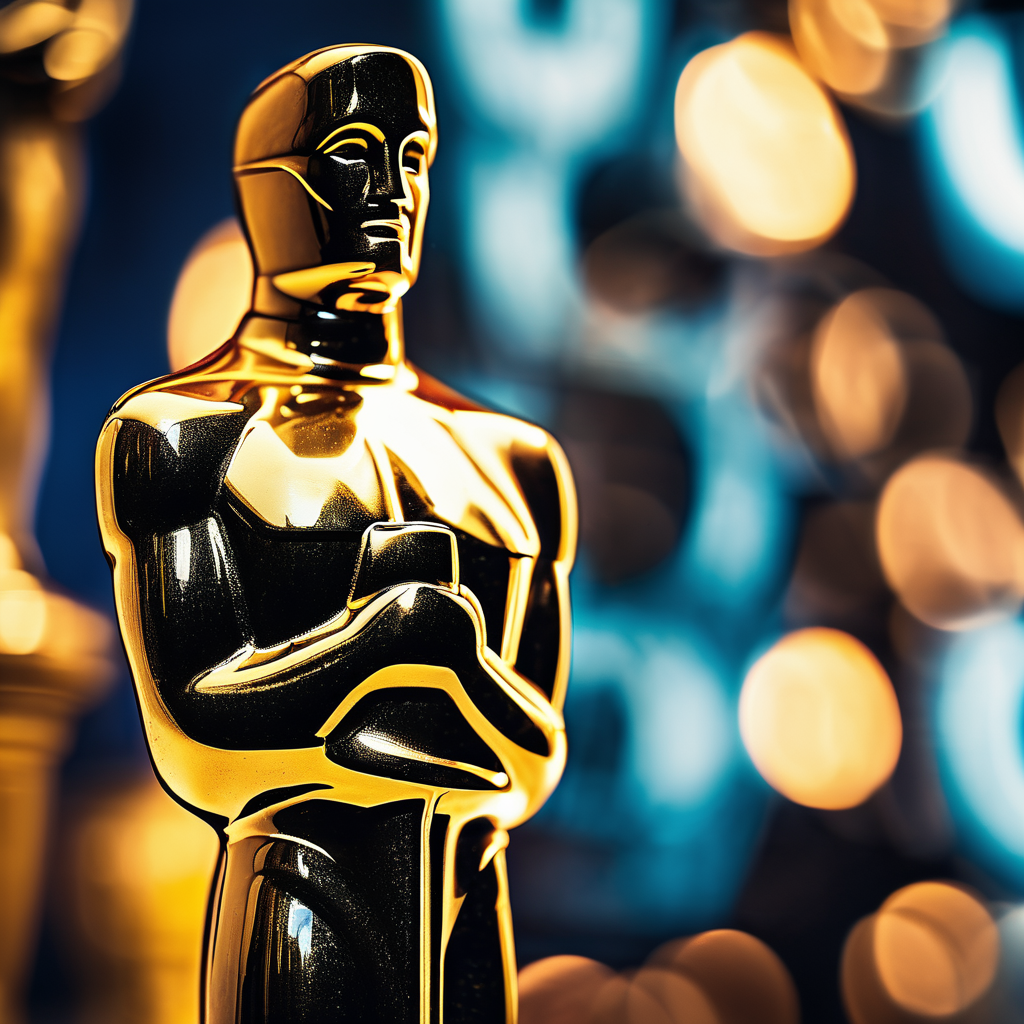In a groundbreaking announcement, Jeremy Renner is set to narrate an animated feature titled “Stardust Future,” which will be released in November 2025. This film is particularly notable as its creators, led by filmmaker Yi Zhou, claim it was entirely produced using artificial intelligence. This novel approach is already stirring discussions in the film industry, especially as the team prepares for a broad awards campaign that will include nominations for animated feature and original score. A portion of the film’s revenue will be directed to Renner’s Rennervation Foundation and the Motion Picture and Television Fund.
The release of “Stardust Future” is strategically timed to coincide with major award seasons and festival programming, positioning it favorably for potential accolades. The filmmakers aim to challenge traditional notions of authorship and creativity, prompting industry guilds and voters to reevaluate their criteria amid the rise of AI in filmmaking. As studios and visual effects houses adapt to budgetary pressures and evolving technologies, this project will serve as a crucial test case to see if AI-generated productions can hold their own against conventional films in the prestigious awards arena.
Reactions from industry insiders have been varied, with some expressing intrigue over the artistic possibilities offered by AI, while others voice concerns regarding labor rights and credits. The director has described AI as an “extension of memory,” opening the door to a debate on the implications of AI on artistic expression. Early previews of the film have highlighted both its unique visual style—a combination of 2D and 3D animation—and Renner’s narration, which some viewers found both ambitious and unconventional.
As the film gears up for its release, it is already gaining attention not just for its novelty but also for its potential implications on the future of filmmaking. Should “Stardust Future” succeed in festivals or nab award nominations, it may provoke swift changes in how studios utilize AI in production processes, influence guild policies on artist compensation, and reshape public perceptions on the cultural value of AI-generated art. This moment in cinematic history could very well signal a shift towards recognizing AI-crafted films alongside traditional cinematic narratives, sparking a wave of new conversations around creativity in the digital age.
